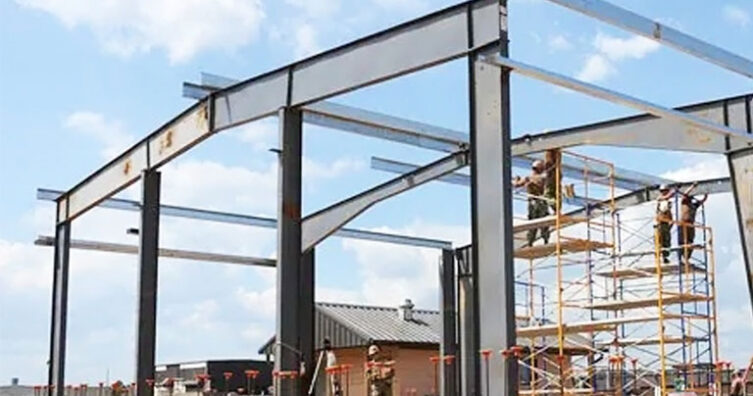In terms of technology, we can make long-term use of it in the building supply industry. Efficiency in design is crucial for maintaining a building’s budget. Once the building layout has been set in stone, everything depends on the designer, the loading, and how well the design is optimised, which ultimately determines the building’s overall cost and whether the project can proceed or not.
A difference in tonnage of even 5percent can have a significant impact on overall costs, although a difference in price per kg of one or two rupees makes little difference. Therefore, this is one area where we must be extremely efficient.
In terms of technology, there have been a number of new software developments recently that have been more successful in providing us with designs that are more optimised. The development of software where the total building plan, inputs, and complete design with drawings would be automated was discussed internationally while speaking with one of the American PEB manufacturers. Accordingly, this one area of creating that potentially automate the entire system has already given rise to the idea that technology is already being developed that will fundamentally alter how we design, even though there are many criteria and challenges that could arise.
One area where significant change may soon occur is the amount of time we spend on structures and the errors that designers and detailers make. Now, moving on from designing to manufacturing efficiency and production techniques. There is a lot of innovation, innovations, and technology being used, and AI is becoming more integrated into the process. How can we create the material more quickly and efficiently while minimising waste. So, this is yet another area where significant cost savings are possible. Therefore, in general, we have observed that many businesses make 3–4 percent of the steel that is wasted as scrap. As a result, when speaking with the same corporation in America, they are operating at a wastage rate of 0.5 percent.
There is still a price difference of 15-20 percent between RCC and steel buildings. If this difference is reduced or eliminated, we will see more PEB in new structures across the nation. The third point is innovation in terms of the creation of products. We can currently design and produce the existing items in a very good way, but what if we could innovate and introduce a new product that could genuinely reduce the cost, the timeframes, and the quality to the highest standards. As a result, this is one sector in which our organisation is heavily investing.
We are spending more than 25 crores this year on only R&D and a few technologies. We have gained a great deal of knowledge into the present products as a result of it as well. In light of the emergence of new buildings and pre-fabricated modular construction, which is pre-finished in nature, we have seen new items like 3D printing. This means that it is a fully constructed room or area that was constructed in a factory and transported to the construction site in a container. It also includes a light steel frame. It has been like a block of work a month on top of each other as pre-fabricated and pre-finished materials from the factory are carried to the site.
(Excerpts taken from a speech presented during procurement series on ‘Trends in PEB’ )
Cookie Consent
We use cookies to personalize your experience. By continuing to visit this website you agree to our Terms & Conditions, Privacy Policy and Cookie Policy.


















